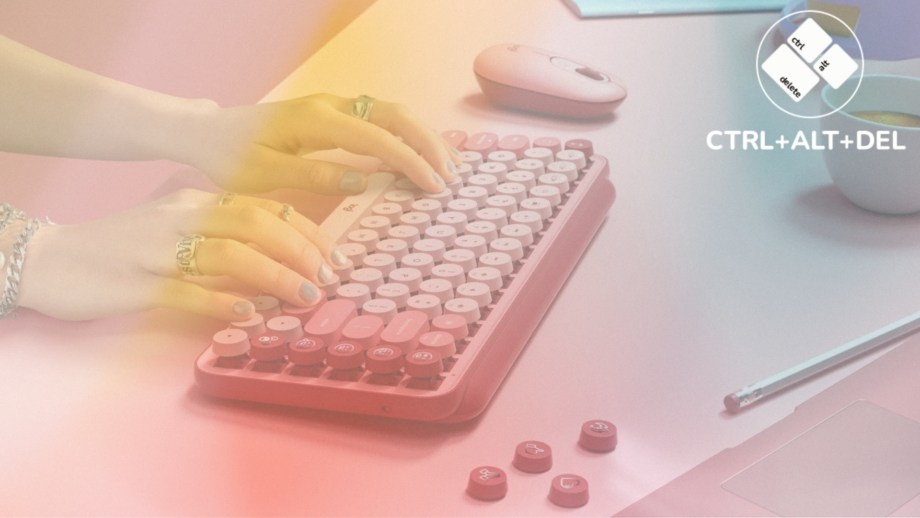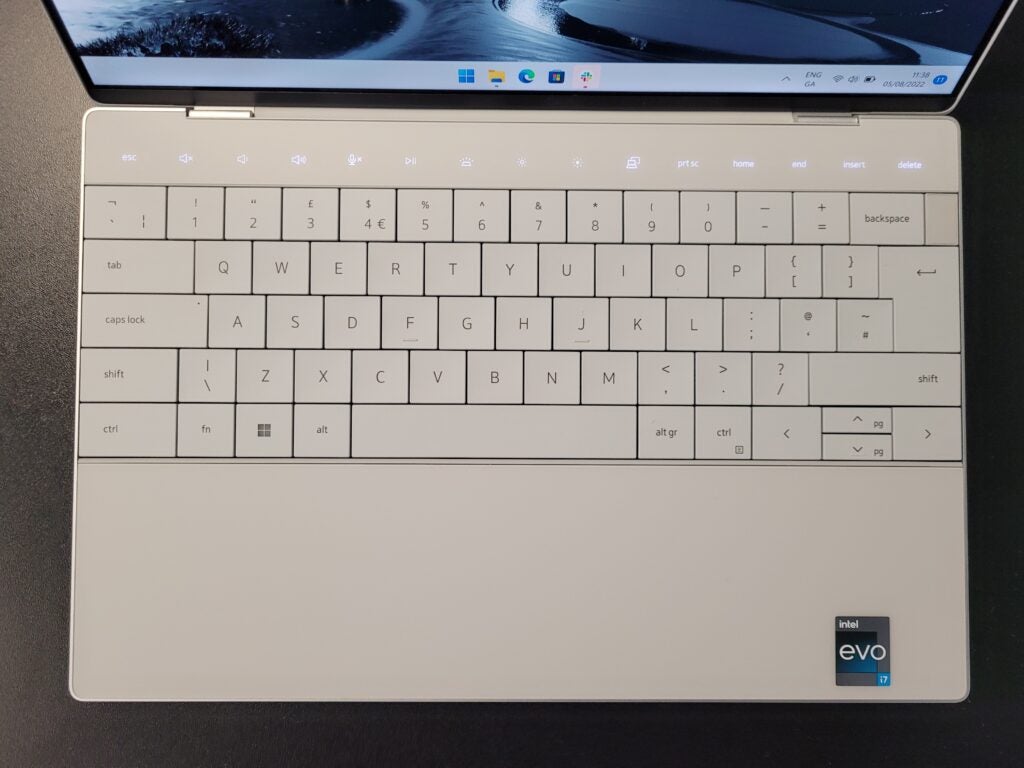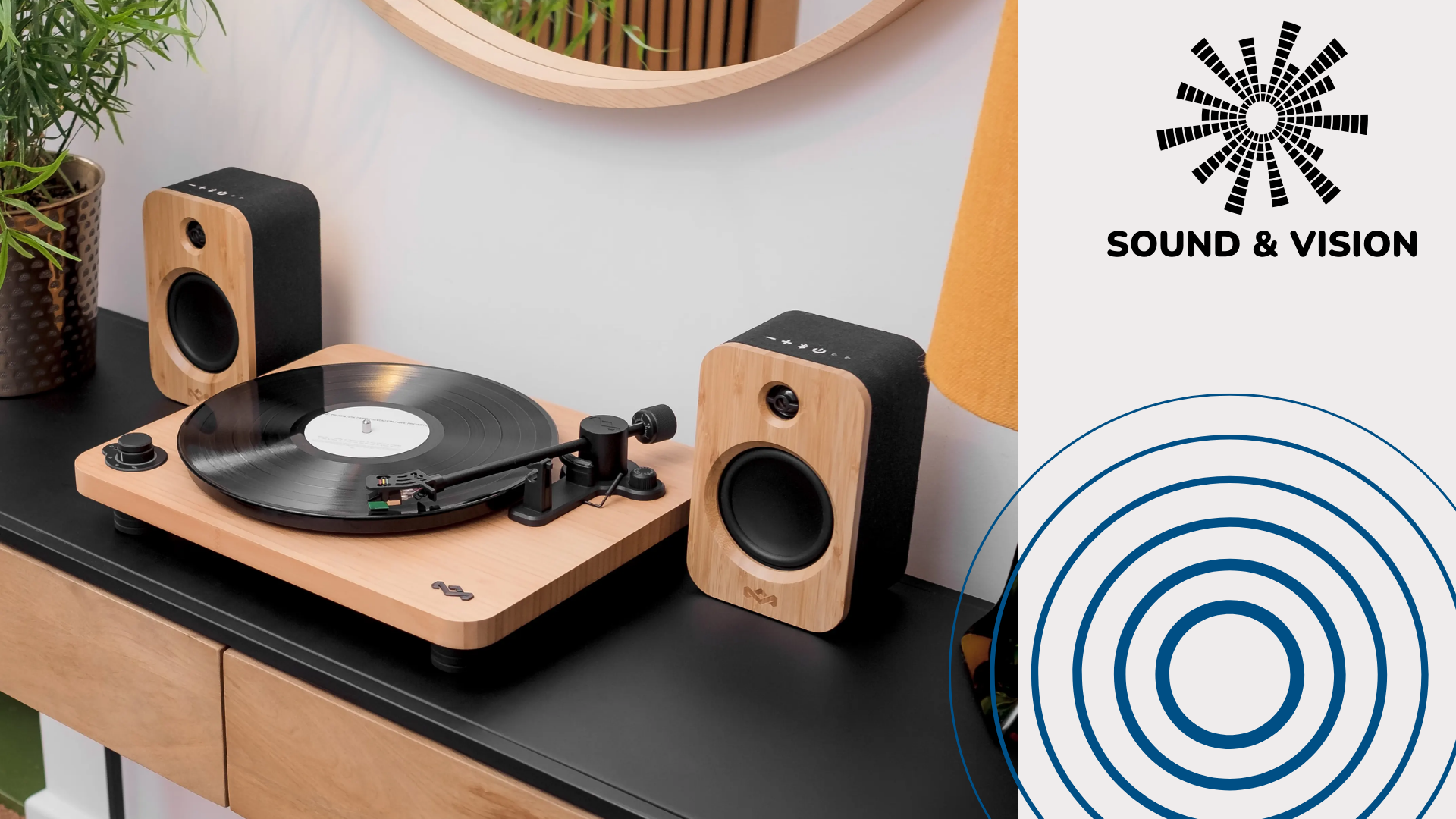Ctrl+Alt+Delete: It’s time to add an emoji key to laptop keyboards

OPINION: I use emoji a lot. They’re not only handy for making Tweets look more colourful, but are vital for setting the tone of an email – I don’t want to accidentally come across as passive-aggressive.
I’m sure I’m not alone in that. In fact, Logitech was so confident that people are obsessed with emoji that it included an entire column of emoji shortcuts for its POP Keys Wireless keyboard. You’re even able to swap in different emoji keys, so you have your personal favourite shortcuts on demand.
My colleague’s recent review of the Logitech POP Keys got me thinking, why isn’t there an emoji key shortcut on every single laptop and keyboard?
As Hannah mentioned in her review, having individual keys for specific emoji is arguably excessive, but a single emoji key that opens up the emoticon menu would be really helpful. It would also be great if you could configure it to automatically enter your favourite emoji. After all, most of us have a personal favourite emoji that we use frequently, be it the laughing face, skull or even the… aubergine. (Embarrassed face emoji).

It is of course true that clicking the emoji icon on the likes of Facebook and Twitter is incredibly easy, but that’s not the case for other major social platforms such as Reddit. And it doesn’t really matter whether it’s already easy to do. Adjusting the screen brightness isn’t exactly hard to do on a Windows PC, and yet many keyboards have at least two keys dedicated to that function – I bet most people spend more time publishing emoji than adjusting the brightness of their laptop.
Now we’re on the topic, I think the function key row has become severely outdated. Manufacturers are obsessed with making laptops as small and compact as possible, and yet still insist on taking up needless space with key shortcuts for the likes of aeroplane mode and the keyboard backlight. And while having a shortcut to adjust volume is obviously important, do we really need three keys for it? In the era of gesture controls, there are surely more intuitive solutions.
There have been a couple of laptop manufacturers that have attempted to modernise the function key row. The most memorable was of course Apple with the controversial Touch Bar on the MacBook Pro. By ditching function keys in favour of a touch panel, users were able to add their own favourite shortcuts, including those for emoji. And when switching to an app, the Touch Bar automatically switched the shortcuts for those more useful for that application. It was a really clever idea from Apple.

Unfortunately, Apple has since ditched the Touch Bar on most of its machines as there weren’t enough applications offering support for it. The Dell XPS 13 Plus offers a more measured approach. While it also featured a touch bar, it looks more similar to a conventional function key row. What’s more, you’re able to click a key to swap between the F1 and function icons for a cleaner look.
While I loved this innovation, I would have liked Dell to have pushed this feature a little further. Imagine if Dell gave you the option to remap the shortcuts of each key, so you can get rid of the keys you never use and add in your own personal favourites. If you wanted, you could have an entire function row of emoji shortcuts. And if you despise using smiley face icons, then you could instead opt for more practical shortcuts.
I’m hoping we see more innovation on this front in 2023. Laptop manufacturers should start to think about which shortcuts its target audience is going to appreciate most, rather than just settling for the default layout. And if you’re designing a laptop with students in mind, an emoji shortcut should be right at the top of your priority list.
Ctrl+Alt+Delete is our weekly computing-focussed opinion column where we delve deeper into the world of computers, laptops, components, peripherals and more. Find it on Trusted Reviews every Saturday afternoon.








